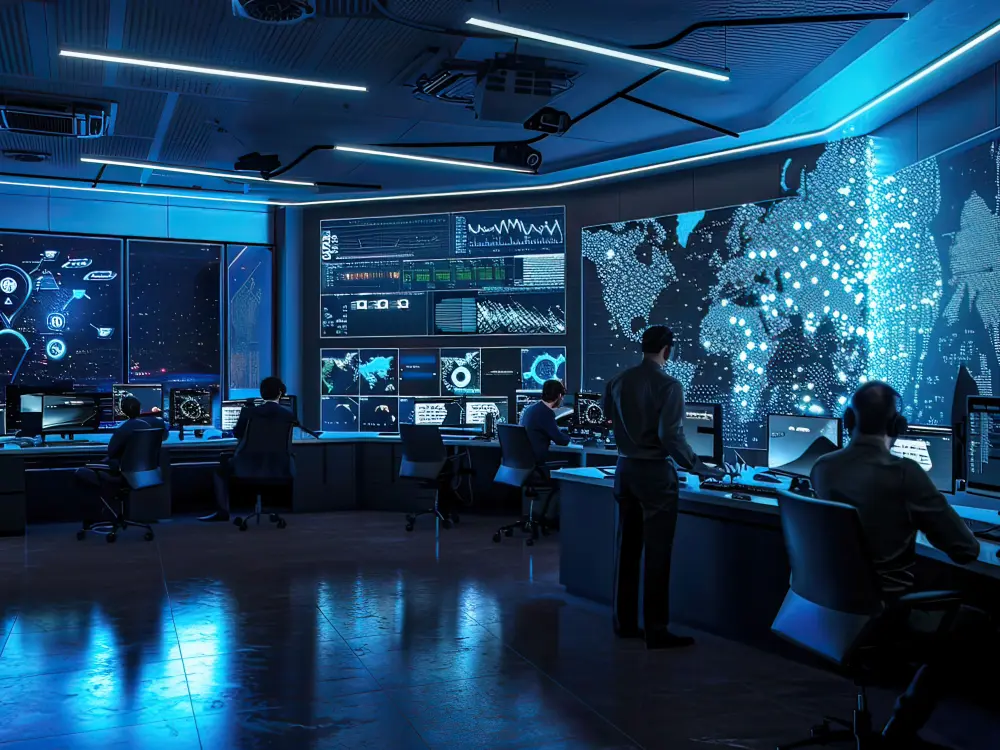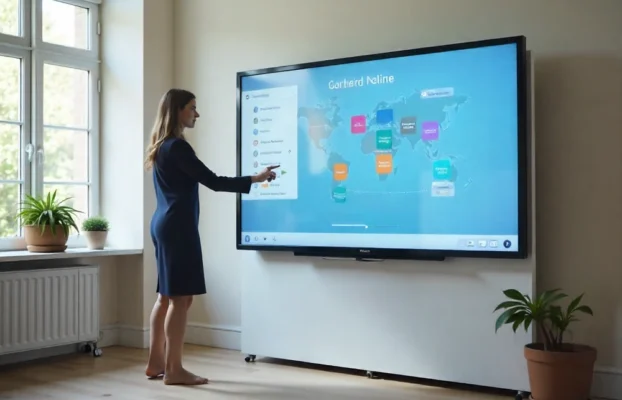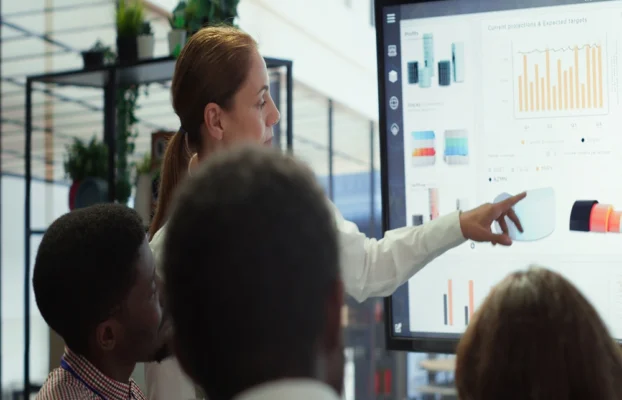Command centers are the operational heart of organizations, offering real-time data monitoring, decision-making, and coordination across multiple departments or external agencies. Over the years, the technology that powers command centers has evolved significantly, transitioning from legacy systems to highly sophisticated, future-ready solutions. This shift in technology is improving operational efficiency, streamlining communication, and enabling faster, more accurate decision-making.
In this blog, we’ll explore the technological evolution of command centers, highlighting how they’ve moved from traditional methods to modern, AI-powered platforms and what the future holds for these crucial hubs.
Legacy Command Center Technologies
For many years, command center operated primarily with legacy systems—clunky, hardware-driven solutions that often required manual input and had limited integration capabilities. These traditional command center relied heavily on physical infrastructures, such as:- Analog Communication Systems: Communication between staff and external entities relied on landline phones, two-way radios, and fax machines. These tools were effective in their time but lacked the flexibility and speed that modern command center need.
- Paper-Based Reports: In earlier systems, staff often relied on paper-based logs and reports, making it time-consuming to compile data, monitor trends, or identify discrepancies.
- Isolated Systems: Legacy command center typically used separate systems for monitoring, communications, and decision-making. These systems didn’t always communicate with each other, leading to fragmented data and delays in response times.
The Rise of Modern Command Center Technologies
The last few decades have seen tremendous advancements in command center technologies. With the advent of digital communication, cloud computing, and advanced analytics, command center now have access to powerful tools that enhance operational efficiency.1. Cloud Computing
Cloud-based technologies have revolutionized command center. Unlike legacy systems that required on-premise hardware and limited storage, cloud computing allows command center to store vast amounts of data, access software tools remotely, and scale operations efficiently. With cloud technology, businesses can access real-time data from any location, making command centers more flexible and cost-effective.2. Integrated Communication Systems
Modern command center are equipped with integrated communication systems that combine multiple communication channels, including voice, video, and messaging. This integration ensures seamless communication between team members and external partners, improving the speed and accuracy of responses. These systems also allow for remote collaboration, which is especially important for multinational organizations or emergency response teams.3. Data Analytics and Visualization Tools
One of the most significant advancements in modern command center technology is the integration of data analytics and visualization tools. These tools provide decision-makers with real-time insights into various operational aspects, such as supply chains, security, production lines, and customer service. Dashboards and interactive visualizations allow teams to quickly understand complex data, enabling faster decision-making.- Predictive Analytics: Modern systems use machine learning and predictive algorithms to forecast potential issues or disruptions. This capability helps organizations address problems before they escalate, improving operational efficiency and preventing costly downtime.
4. Automation and AI Integration
Artificial intelligence (AI) is transforming command center operations by automating routine tasks, processing large volumes of data, and providing actionable insights. With AI-powered tools, command center can:- Automatically detect anomalies or patterns that may indicate a problem.
- Prioritize tasks or incidents based on urgency.
- Enhance security by continuously monitoring for threats or irregular activities.









